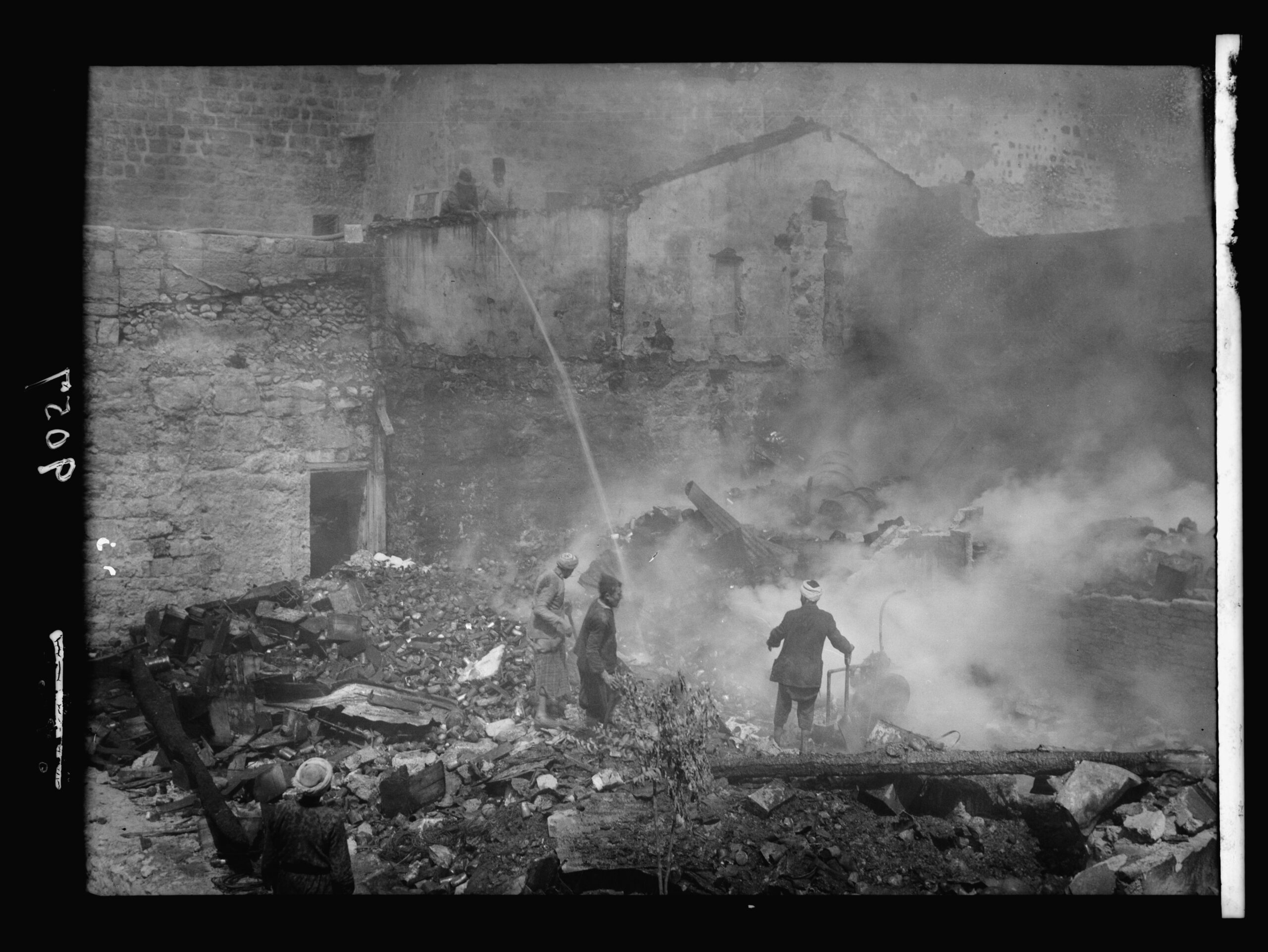
April 15, 1936
Ten cars were attacked in what appeared to be a robbery near Tulkarm in which three Jews were killed. The following day, members of the underground military group, Irgun, shot and killed two Arabs connected to the previous day’s attack. The events quickly escalated as Arab workers went on a six-month strike as violence erupted in different parts of British-ruled Palestine.
Five major outcomes resulted from the Arab Rebellion that impacted the eventual development of the State of Israel. First, in an attempt to find conciliation between Arabs and Jews in Palestine, the British recommended a partition plan—creation of two states for two peoples—for the first time in 1937 with the recommendations of the Peel Commission Report. The Peel review process brought about a temporary pause in the Rebellion. Following the rejection of the Peel partition recommendation, the rebellion ensued in earnest with a renewed emphasis on terrorism against the British and Jews.
Second was the consolidation of power by the Mufti of Jerusalem, Hajj Amin al Husseini. Ten days after the incident in Tulkarm, the Mufti formed the Arab Higher Committee from competing Arab political parties. The Mufti and the Arab Higher Committee directed all components of the rebellion, including worker’s strikes, non-payment of taxes and violence.
Third, for the first time, surrounding Arab countries intervened at the behest of the British to ask for an end to the violence, albeit their influence was to further their own parochial national interests in bettering personal relations with London. The precedent of Arab state involvement in Palestinian affairs continued well after the establishment of the State of Israel in 1948.
Fourth, the Arab rebellion against the British and Zionists left the Arab economy in shambles; Arab terrorists stole from the village peasantry, disrupted agricultural seasons, and confiscated harvests. The rural Palestine economy would not recover from the devastation caused by the rebellion, which left politics and political decision-making to the more wealthy urban elites, led by the Mufti and his followers.
Finally, the rebellion ultimately led to a shift in British policy in Palestine away from supporting the establishment of a Jewish national home in favor of Arab interests. This ultimately resulted in the 1939 White Paper which effectively shut off Jewish immigration, threatened but did not end Jewish land acquisition and promised an independent, unitary state in Palestine within ten years.
The photo shows Arab rioters facing off with British police.
